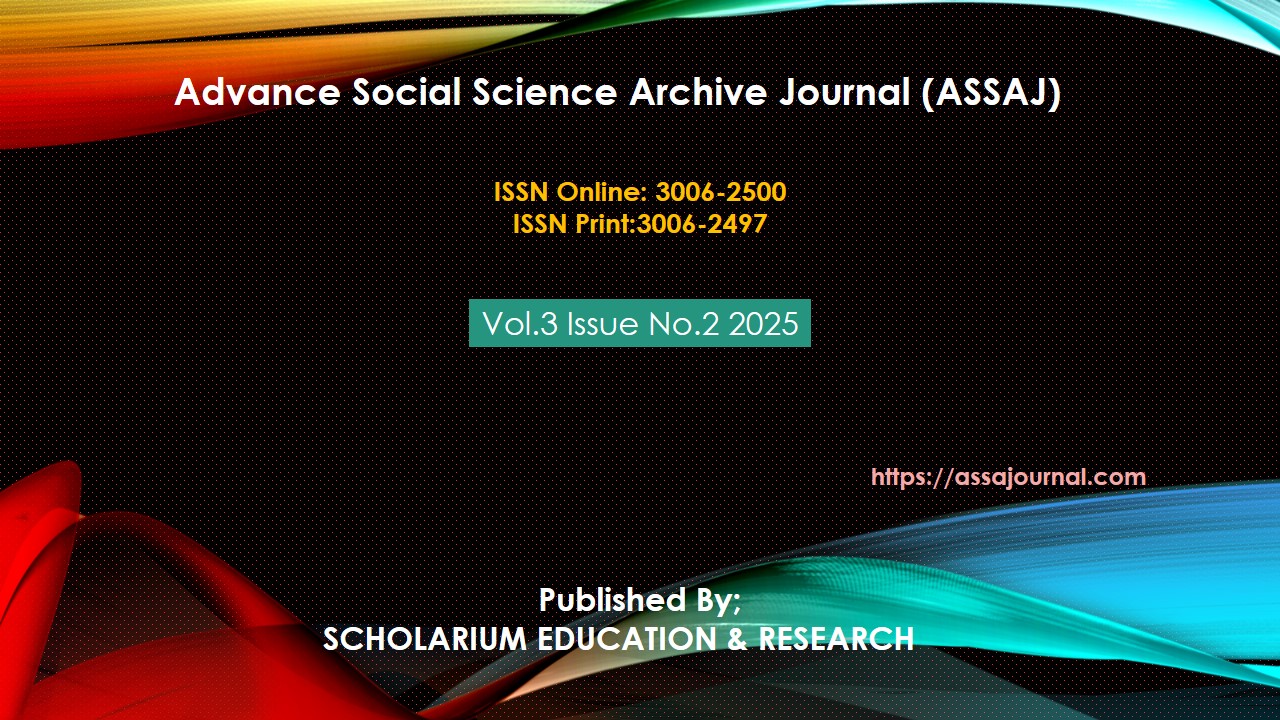Impact of Artificial Intelligence on Financial Decision Making
Abstract
This study investigates the transformative impact of Artificial Intelligence (AI) on financial decision making, emphasizing its integration across investment strategies, risk management, credit scoring, fraud detection, and customer service automation. AI technologies such as machine learning, deep learning, and natural language processing are increasingly employed by financial institutions to optimize decision-making processes, reduce human error, and uncover data-driven insights. The paper outlines how AI contributes to enhanced accuracy, efficiency, and personalization in financial services, particularly through predictive analytics and algorithmic trading frameworks. Moreover, it highlights the benefits of AI in identifying patterns within vast datasets, enabling improved forecasting and portfolio management. However, the paper also addresses emerging risks associated with AI implementation, including algorithmic bias, data privacy concerns, systemic market vulnerabilities, and regulatory compliance challenges. The study underscores the importance of human oversight, ethical governance, and transparent algorithmic systems to ensure responsible AI deployment. It concludes by projecting future trends in AI-driven finance, calling for robust institutional frameworks and interdisciplinary collaboration to harness AI's potential while mitigating its risks. Overall, the study presents a comprehensive evaluation of how AI is reshaping financial landscapes and the critical considerations for its sustainable application.
Keywords: Artificial Intelligence, Financial Decision Making, Algorithmic Trading, Risk Management, Credit Scoring, Fin-Tech, Predictive Analytics, Data Privacy, Algorithmic Bias, Financial Regulation, Machine Learning





